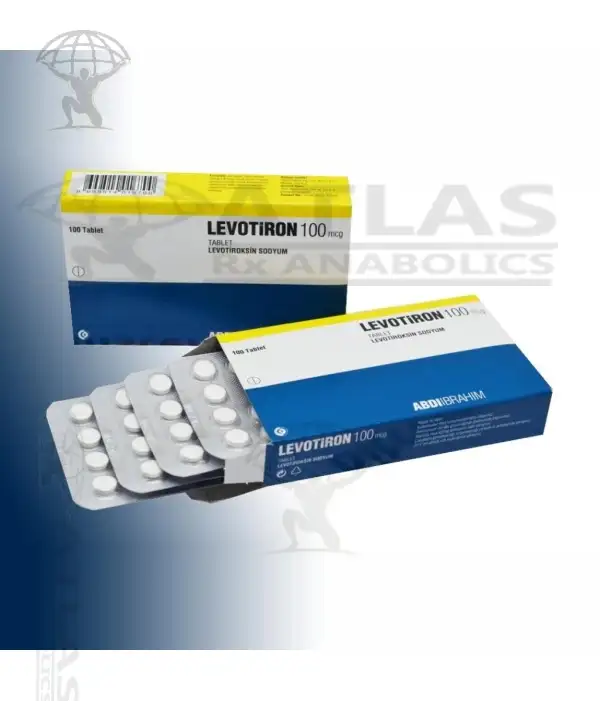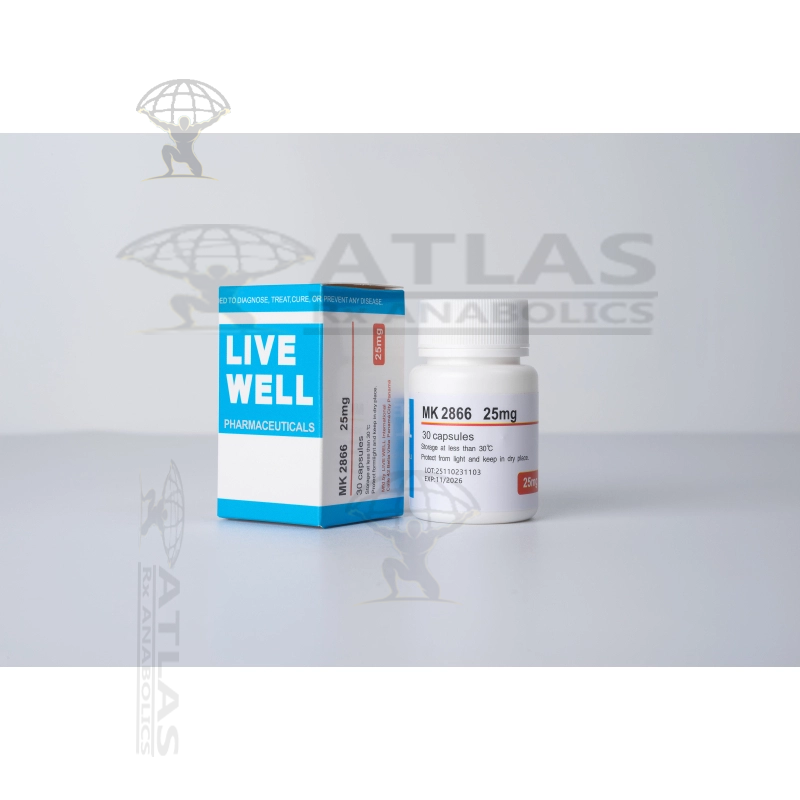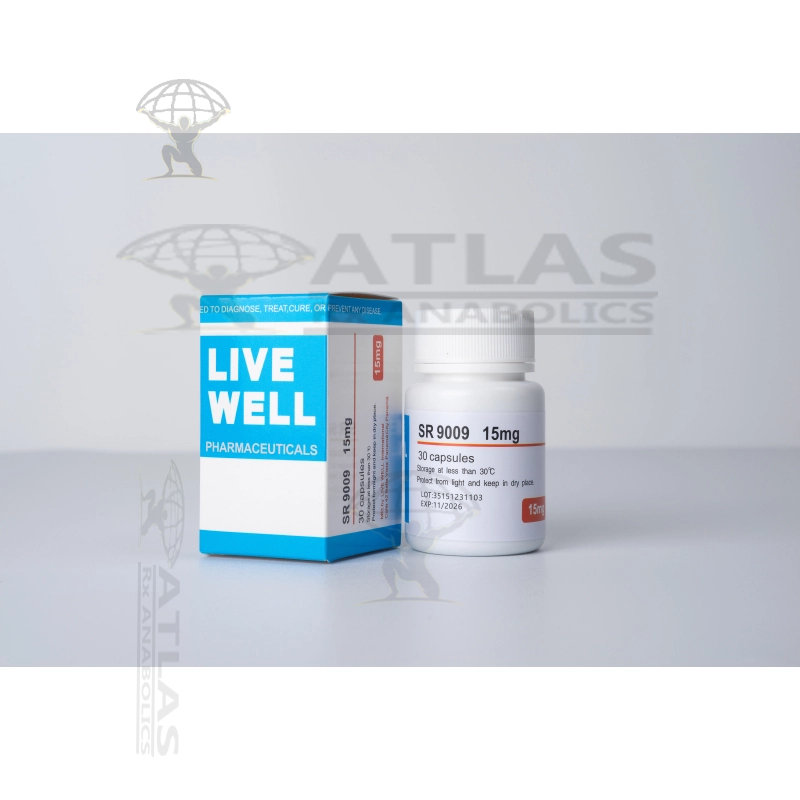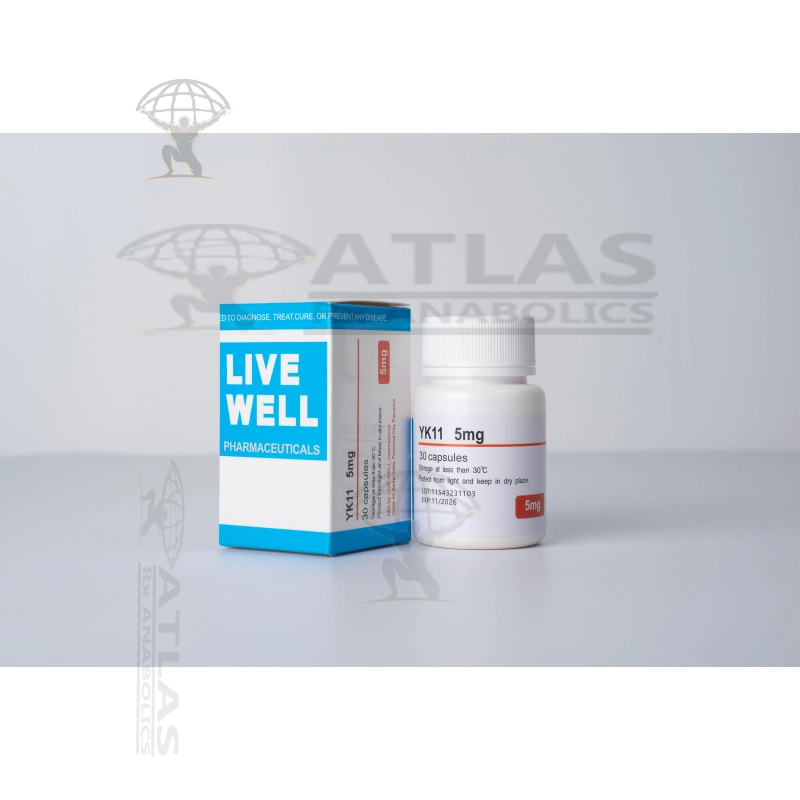Description for LEVOTIRON T4 100 MCG
Levotiron T4 100 mcg is a medication that belongs to the class of thyroid hormones. It contains the active ingredient Levothyroxine Sodium, which is a synthetic form of the hormone thyroxine (T4) produced by the thyroid gland.
Levotiron T4 is primarily used for the treatment of hypothyroidism, a condition characterized by an underactive thyroid gland. Hypothyroidism can lead to various symptoms such as fatigue, weight gain, cold intolerance, depression, and sluggishness. Levotiron T4 works by replacing or supplementing the deficient thyroid hormone, helping to restore the normal function of the thyroid gland and alleviate the associated symptoms.
The medication comes in tablet form, with each tablet containing 100 micrograms (mcg) of Levothyroxine Sodium. It is usually taken orally once a day, preferably on an empty stomach, about 30 minutes to 1 hour before breakfast. The dosage may vary depending on the individual's age, weight, and the severity of their condition, as determined by a healthcare professional.
It is important to note that Levotiron T4 should be used strictly under the guidance of a healthcare provider. Regular monitoring of thyroid hormone levels may be necessary to ensure the proper dosage and effectiveness of the medication. Adjustments in dosage may also be made based on individual response and laboratory test results.
Like any medication, Levotiron T4 may have potential side effects, although they are usually rare and mild. Some possible side effects may include headache, nervousness, irritability, increased sweating, insomnia, and changes in appetite. In case of any persistent or severe side effects, it is important to consult a healthcare professional.
Levotiron T4 should not be used for weight loss purposes or without a proper medical indication. It is contraindicated in individuals with hypersensitivity to Levothyroxine Sodium or any other components of the medication. Additionally, certain drug interactions may occur, so it is crucial to inform your healthcare provider about all the medications and supplements you are currently taking.
In summary, Levotiron T4 100 mcg is a synthetic thyroid hormone medication used for the treatment of hypothyroidism. It helps to restore the normal levels of thyroid hormone in the body, improving symptoms associated with an underactive thyroid gland. As with any medication, it should be used as prescribed and under the supervision of a healthcare professional.
Based on 0 review(s)
Shipping Cost
On all orders is set at $25.00
Secure checkout
Protected by Bitcoin
Offer & gift here
On all huge orders








